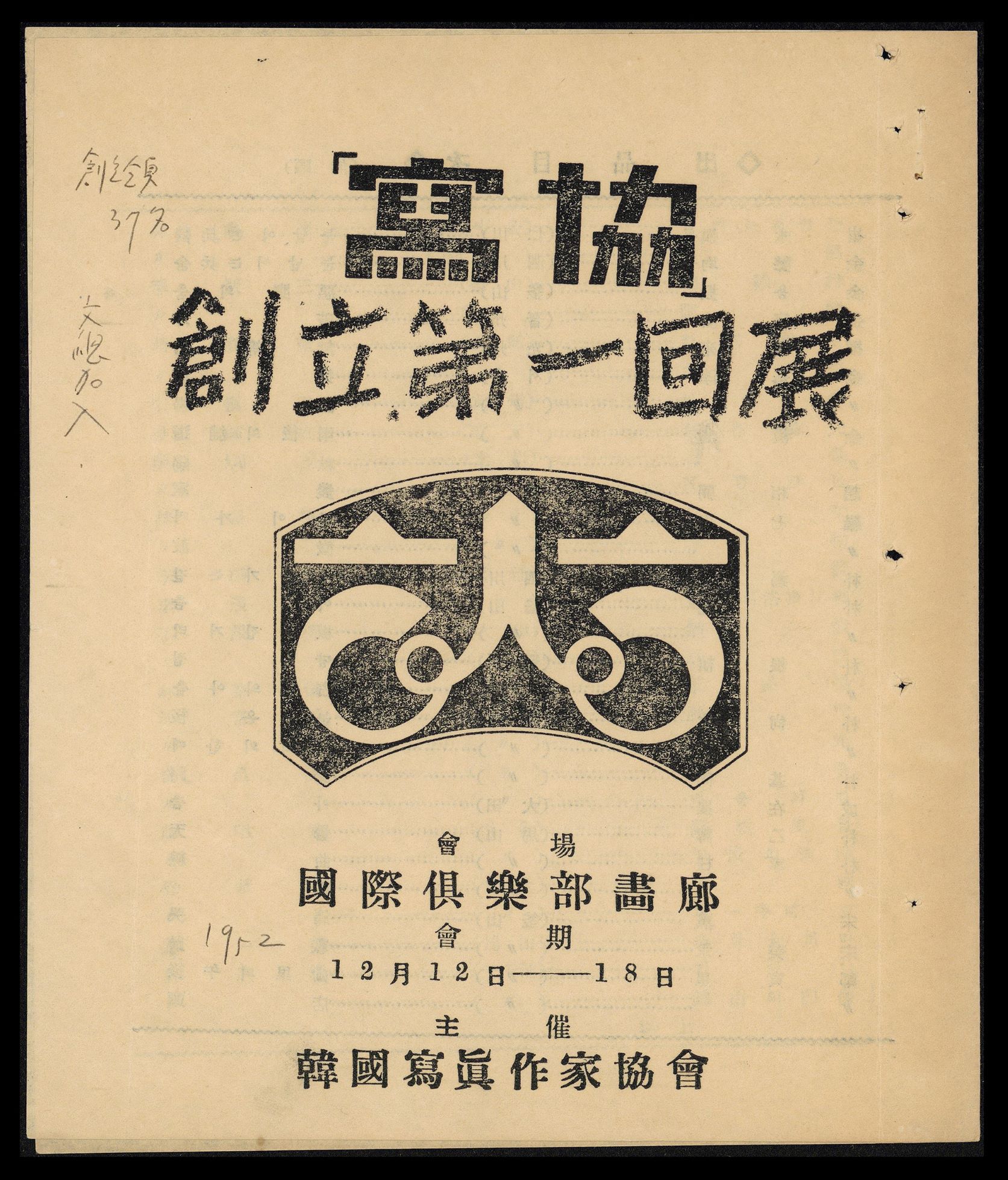
The First Photo Artist Society of Korea Exhibition Leaflet, 1952, MMCA Art Research Center Collection
Photo Artists Society of Korea
* Source: Multilingual Glossary of Korean Art by Korea Arts Management Service
Related
-
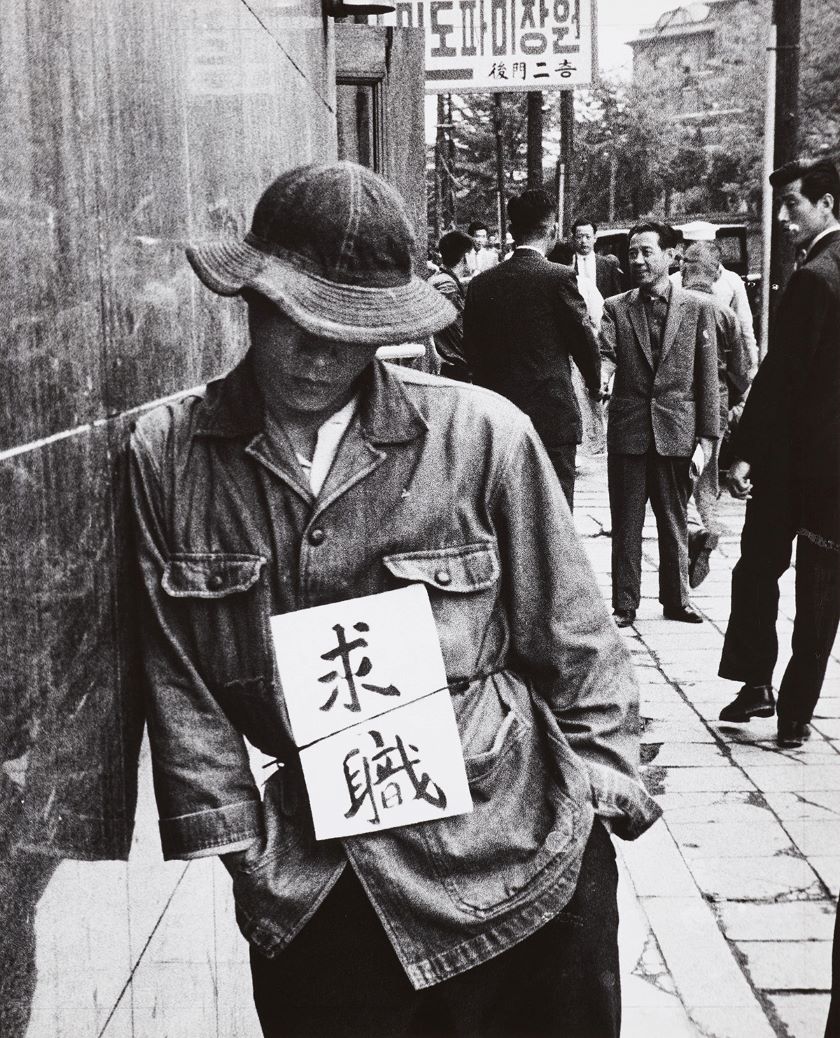
Limb Eungsik
Limb Eungsik (1912∼2001, courtesy name Gujeong) was a native of Busan. He studied at the Busan Chesinriwonyangseongso (academy for communications officers) in 1931, and in 1934, he graduated from the Toshima Communications School in Japan. In 1935, he began working at the Gangreung Post Office, where he established the Gangreung Sauhoe, a photographers club. From 1946, he managed a photograph processing lab called ARS, which was located in Busan. There he established the Busan Gwanghwahoe, another photography group. During the Battle of Incheon in 1950, he served as a wartime photographer, and in June 1952, he held a joint exhibition with the Korea Fine Art Photography Institute in Busan, after which he established the Korea Photographers Association in December. In 1954, he taught the first photography class the College of Fine Arts at the Seoul National University and he continued to teach at Ewha Womans University and Hongik University, before spending four years, from 1974 to 1978, as a professor at the Chung-Ang University photography department. During the Japanese colonial era, Im primarily produced pictorialism photographs, but from the 1950s and onward, he rejected artistic salon photography and engaged in "Everydaylife realism [Saengwhaljuui]," which depicted reality in close up. His photography albums include Hanguk Gogeonchuk (Korean Heritage Architenture) (1977), and Pungmo (1982), which was an album of portraits of people in the field of culture and arts.
-
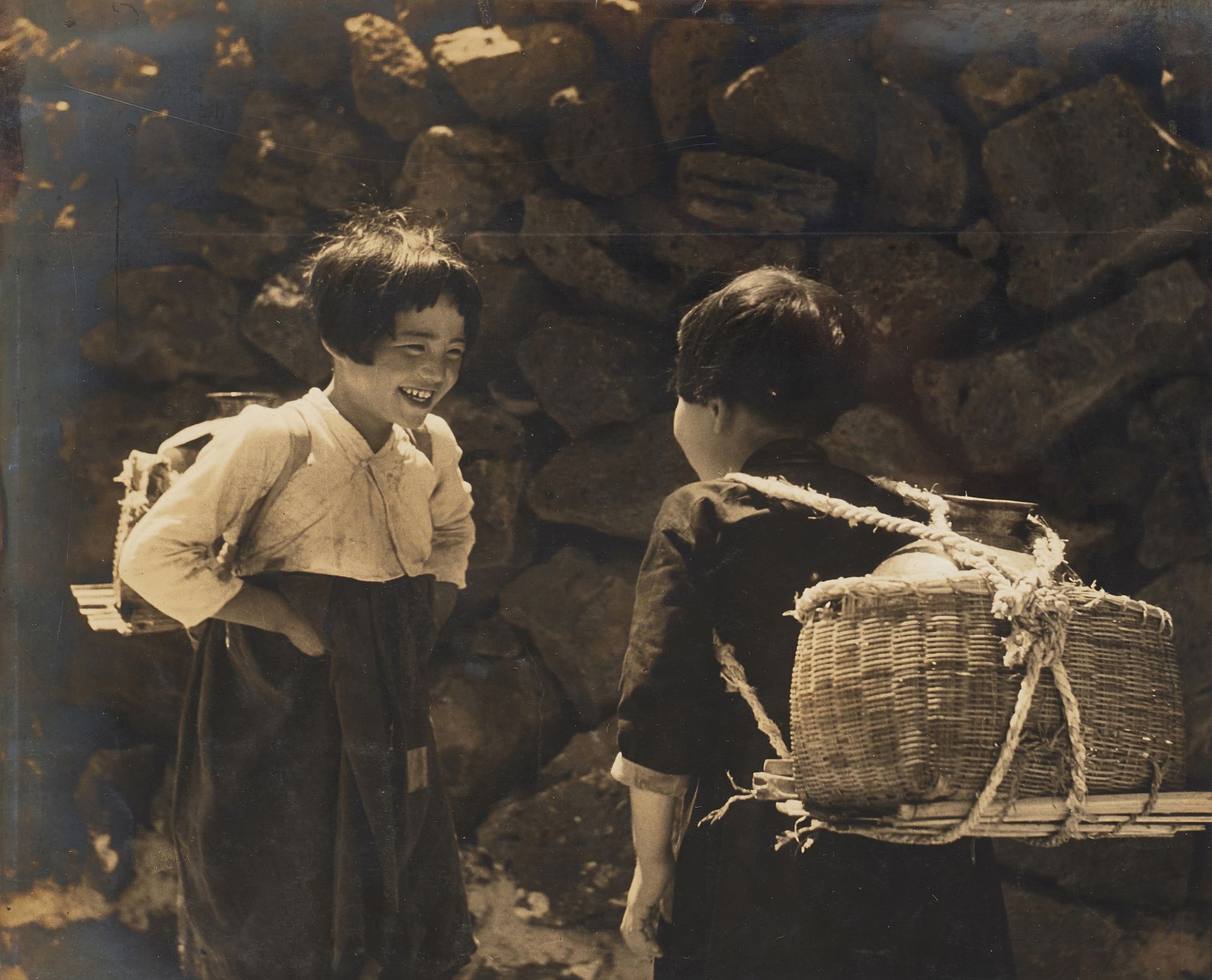
Choi Kyebok
Choi Kyebok (1909-2002) was a major figure in the history of modern and contemporary Korean photography who played an important role in the development of art photography in the modern era and in the production of photographs for promoting the country after Korea’s liberation from Japan. He was born at 102, Jongno 1-ga, Daegu, Gyeongsangbuk-do Province (currently 19, Dongmun-dong, Jung-gu, Daegu). He went to Kyoto in Japan around 1925, entered the Einō Camera Shop in Teramachi, Shimogyo-ku as an apprentice and learned photography. In 1933, he returned to Korea and opened his own store Choi Kyebok Camera Shop to sell photography equipment at Jongno 1-ga in Daegu. In the following year, he formed a photographers’ club named Daegu Amateur Sauhoe and led the local photography culture. In the 1930s and 1940s, Choi developed his own distinctive oeuvre by submitting his major works to the Joseon Photography Exhibition [Joseon sajin jeollamhoe], a photo contest hosted by Joseon Federation of Photography [Jeon joseon sajin yeonmaeng], and the Prize Competition for Photos of Enjoying the Cool Air, a photo contest organized by the Chosun Ilbo newspaper, and by winning prizes. Submitted works include Spring in Yeongseon Pond, Spring Wind, Sand Hill, Summer Suburbs, and Summer Hilltop. In 1942, he participated in the Joseon Mountaineering Club’s ascent of Baekdusan Mountain as a documentary photographer and photographed the scenery of Baekdusan Mountain and its lake. In and after 1945, he led the founding of photography organizations, such as Geonguk Photography Culture Federation [Geonguk sajin munhwa yeonmaeng], Daegu Photography Association [Daegu sayeonhoe], and Daegu Photographers Club [Daegu sauhoe]. In 1947, he was dispatched as a part-time reporter of Daegu Sibo newspaper to Ulleungdo and Dokdo Islands for the academic research mission organized by the Joseon Mountaineering Club and sponsored by the Ministry of Education. There, he took documentary photographs. When the Korean War broke out, he served as a military photographer in the press division of the Information and Education Bureau of the Ministry of National Defense. Choi Kyebok made efforts to educate students on photography by establishing the Korean Photographic Art Academy, the first photography institution in Daegu, in 1952. When the Korean Photographers Group was founded in 1957, he became its first president. He was commissioned by the government and public organizations to photograph national publicity materials and cultural heritage items. Choi’s oeuvre encompasses a wide variety of subjects ranging from modern art photography to mountain photography, academic research photography, and photographs of historical ruins and cultural heritage. It shows not only the formation and development of Korean photography circles, but also photography’s social role in the nation's formative period.
-
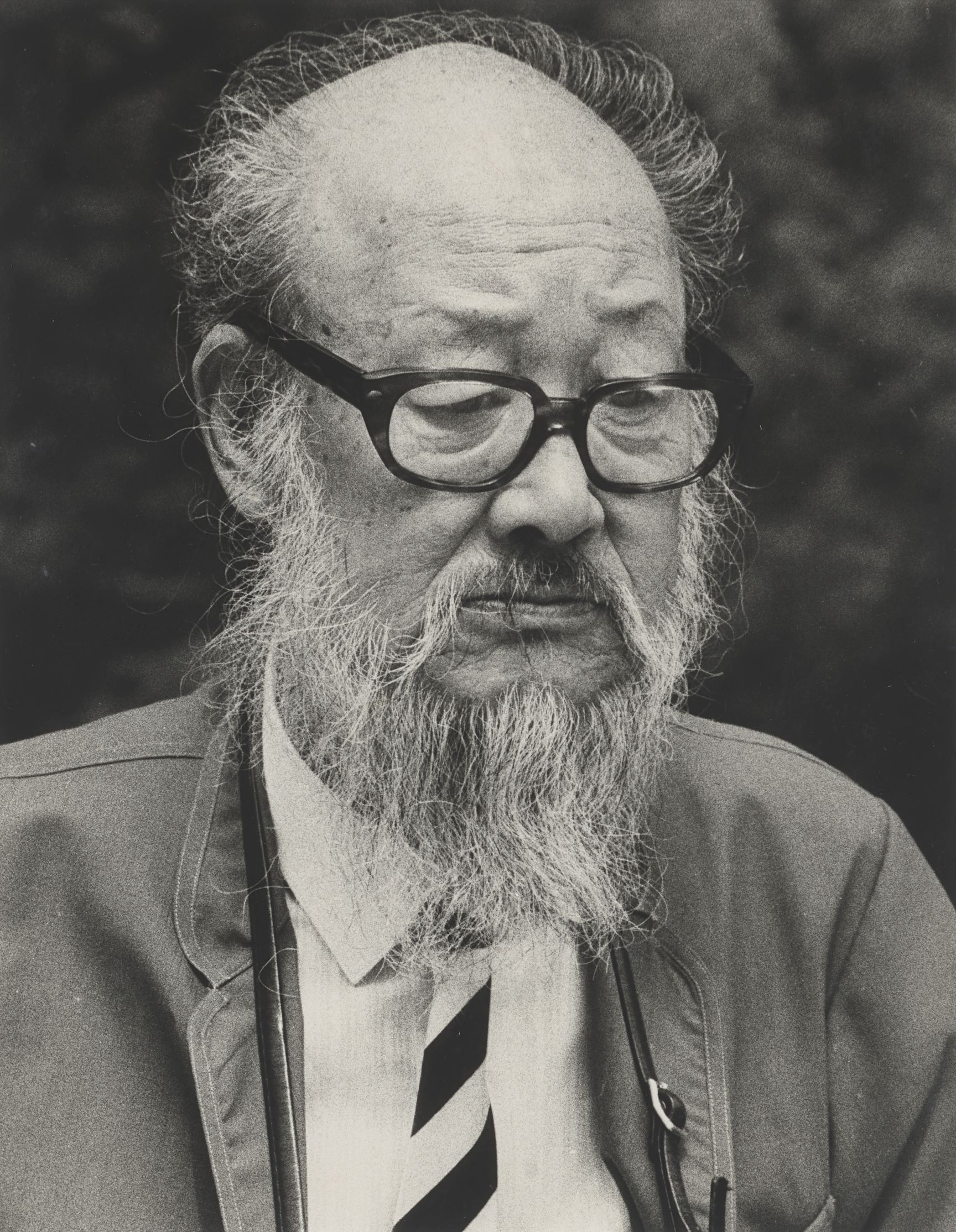
Hyun Ilyeong
Hyun Ilyeong (1903-1975) was a pioneer of early commercial photography and a prominent figure in the history of modern and contemporary Korean photography who explored a new language for everyday documentation. He went to Maedong Commercial School in Seoul and took classes in the English department at YMCA. In 1929, while living in Manchuria, Hyun submitted Megane Liver Oil to the International Commercial Art Photography Competition organized by Japan’s Asahi Shimbun newspaper company. Winning second prize, he was introduced to the photography world. He held his first solo exhibition in 1931 in Dalian, Manchuria and later held his second solo exhibition in Pyongyang, which led to voluminous creative activities. In 1932, he moved to Seoul and opened Hyun Ilyeong Photo Studio on Jongno 2-ga, where he worked as a commercial photographer. In 1935, he went to Japan to study at the Oriental Photography School. In 1946, shortly after Korea’s liberation from Japan, he founded the Portrait Photography Research Society of Seoul [Seoul insang sajin yeonguhoe] along with Kim Gwangbae, Park Pilho, Lim Sukje, and others, and served as president. In 1947, he was dispatched to Ulleungdo and Dokdo Islands on an academic research mission organized by the Joseon Mountaineering Club and sponsored by the Ministry of Education, where he photographed the landscapes of Ulleungdo and Dokdo with Choi Kyebok. Starting with his third solo exhibition held in 1956 at Dong Hwa Gallery in Seoul, Hyun immersed himself in the possibilities of photography as an art form and captured ordinary objects and scenes of everyday life with a personal and lyrical approach. In particular, his photographs capture simple things in daily life, including a clock, calendar, ashtray, and a pack of spools, from a contemplative point of view and express them in a neat black-and-white photographic language. His last solo exhibition was held in 1972. After his death, in April 1984, the photographer Joo Myungduck, the photography researcher Choi Injin, and others held an exhibition of posthumous photographs by Hyun Ilyeong at Hanmadang Gallery in Junghak-dong, Seoul. Sigak Publishing published Hyun Ilyeong: 1903–1975, a collection of his posthumous photographs.
Find More
-
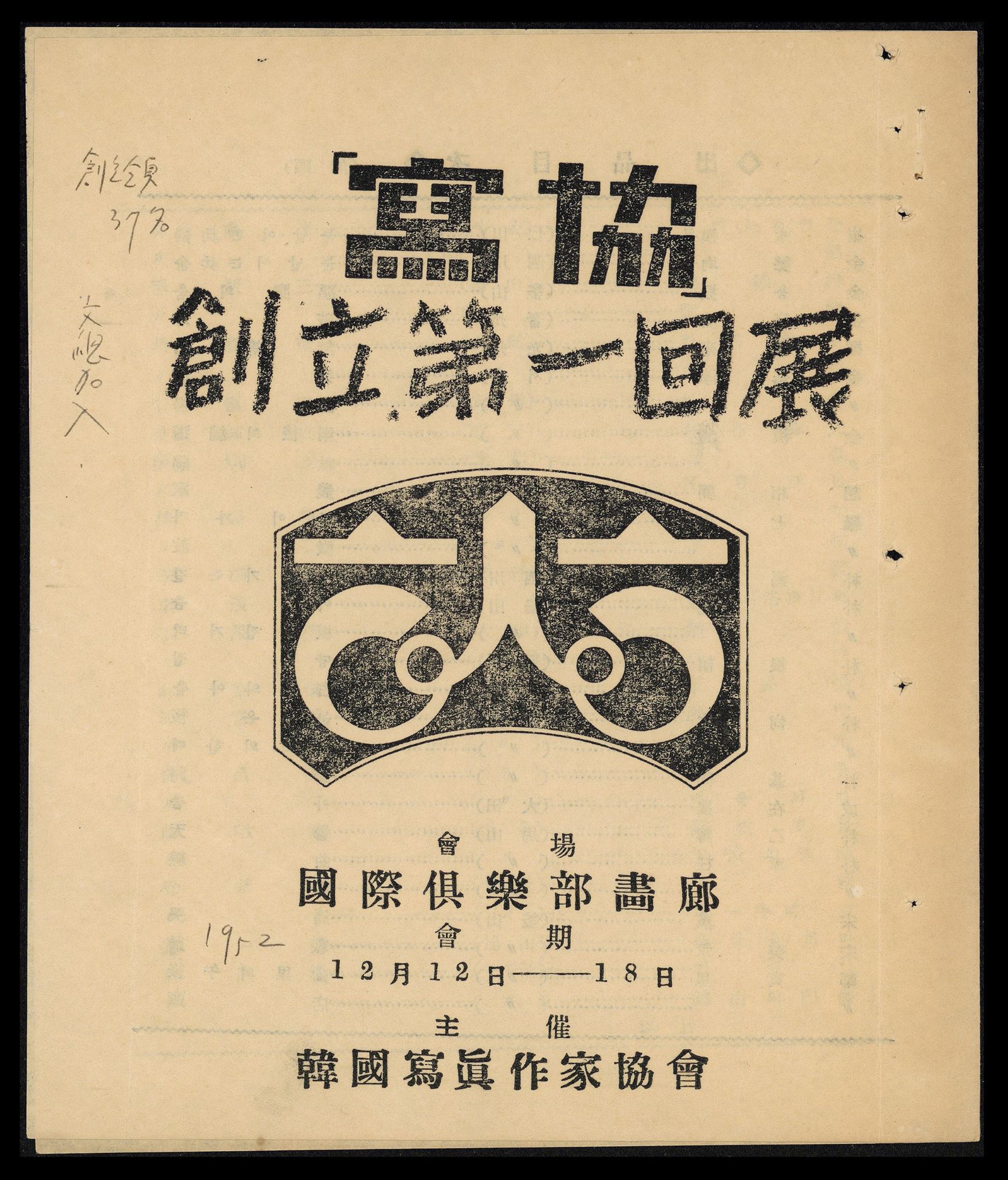
Photo Artists Society of Korea
The Photo Artist Society of Korea is a group of photographers formed in December 1961 to promote the development of Korean photography culture, international exchanges, and the rights and interests of its members. Photographer Jeong Huiseop was appointed as the first chairman of the board, and major Korean photographers such as Park Pilho, Lee Haesun, Choi Kyebok, Lee Myeongdong, Lee Gyeongmo, Mun Seonho, Seo Sunsam, Jeong Doseon, Hyun Ilyeong, and Limb Eungsik served as executives. It is a non-profit corporation under the jurisdiction of the Ministry of Culture, Sports and Tourism, and currently has 9,400 amateur and professional photographers working as members. The headquarters are located in Yangcheon-gu, Seoul, and it has 168 branches in major cities and overseas countries. It continues to host the Korea Photography Festival every year and conducts various projects for members of the association, including photography courses, contests, photography competitions, book publishing, and photo culture awards.
-

Busan Art Photography Research Society
Busan Art Photography Research Society [Busan yesulsajin yeonguhoe, BAPRS] was founded in May 1947 in Busan with the Busan Photographic Society [Busan gwanghwahoe], which was established in April 1946 by Limb Eungsik, as the predecessor. In May 1947, the Busan Photographic Society [Busan Gwanghwahoe] held a Citizen Photo Contest at Yongdusan Park, and it was a great turnout with well over 100 photography enthusiasts in attendance. This led the Busan Photographic Society to be renamed the Busan Art Photography Research Society and to promote group activities. At the time of its foundation, Limb Eungsik served as the president, Lee Geumecheol as the vice-present, and Ko Jongik as the secretary. Its first member exhibition was held in January 1948, and the second one was held in December of the same year. BAPRS also published its magazine Areusseu sajin nyus (Arts photo news), providing a stage for the activities of amateur and professional photographers in Busan and the Gyeongsangnam-do region. When the Korean War broke out in 1950 and many photographers moved to the temporary capital Busan, BAPRS held a joint photo exhibition in collaboration with the Korean Photographic Art Research Association [Daehan sajin yesul yeonguhoe], a leading photographer organization in Seoul, in June 1952 at Mihwadang Department Store in Busan. This encouraged photographers who gathered in Busan from across the country to establish the Photo Artists Society of Korea [Hanguk sajin jakga hyeophoe], a leading Korean photography organization connecting the capital and local provinces. Later, BAPRS carried on its legacy as the Gyeongnam branch of the Photo Artists Society of Korea.
-
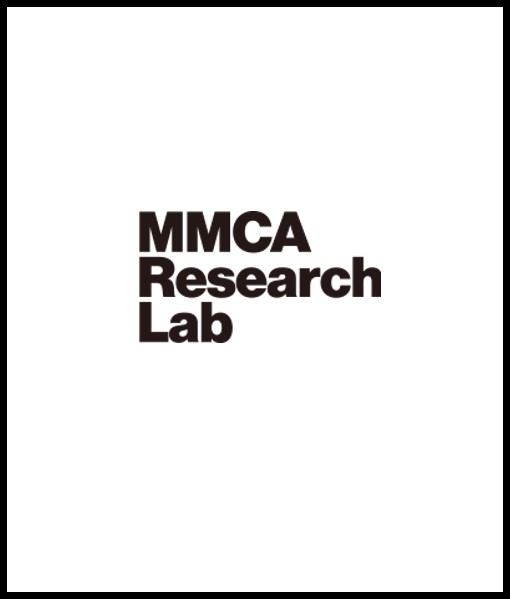
Korean Photographers Group
The Korean Photographers Group [Hanguk sajin jakgadan] is a Korean photography agency founded in January 1957 with the international photo news agency Magnum Photos as its model. It was established by seven photographers: Choi Kyebok as the leading member alongside Seong Dugyeong, Lee Geon-jung, Lee Gyeongmo, Jeong Doseon, Jeong Huiseop, and Cho Myeongwon. All of them created photos both to sell and as artistic creations, and they specialized in promotional photos for promoting the Syngman Rhee government’s tourism and cultural heritage policies in the 1950s. In particular, Korea Old and New and Pictorial Korea, which were published for international publicity through the commission by the Office of Public Information, contained photographs of temples, historic ruins, tourist destinations, and rapidly transforming cities after the Korean War, all of which were provided by the Korean Photographers Group. The Korean Photographers Group pursued creative activities together by holding four members’ exhibitions, and each member built his or her oeuvre as an individual photographer. The second members exhibition held in 1957 at the Korean Information Service was themed around photographs of historic sites and scenic spots. The third one held in the same year at Donghwa Gallery was themed around tourism photos.






